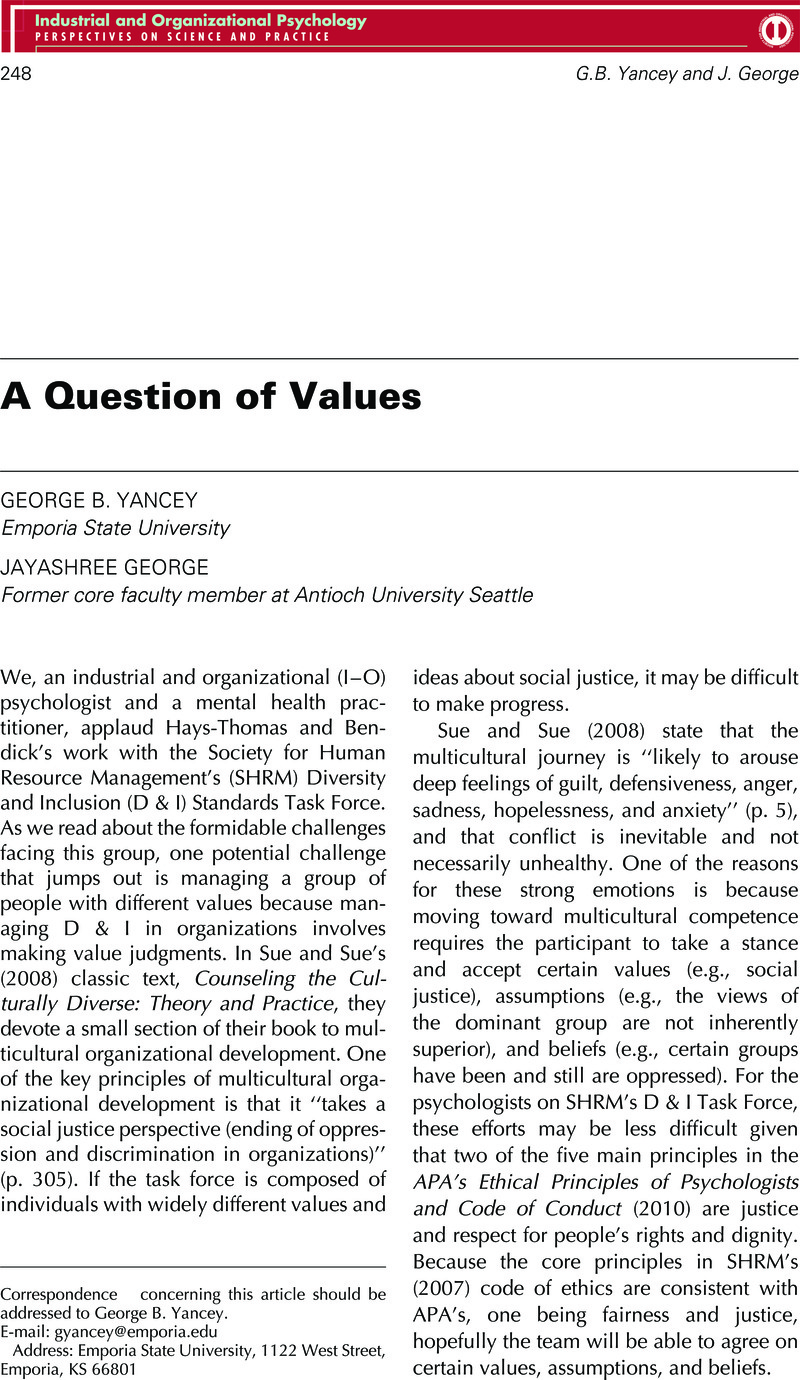Crossref Citations
This article has been cited by the following publications. This list is generated based on data provided by Crossref.
Leshchenko, Tetyana
and
Zhovnir, Maryna
2018.
Health VS. Disease in the Context of Verbalization of the Axiological Picture of the World of a Modern Doctor.
PSYCHOLINGUISTICS,
Vol. 24,
Issue. 2,
p.
163.





